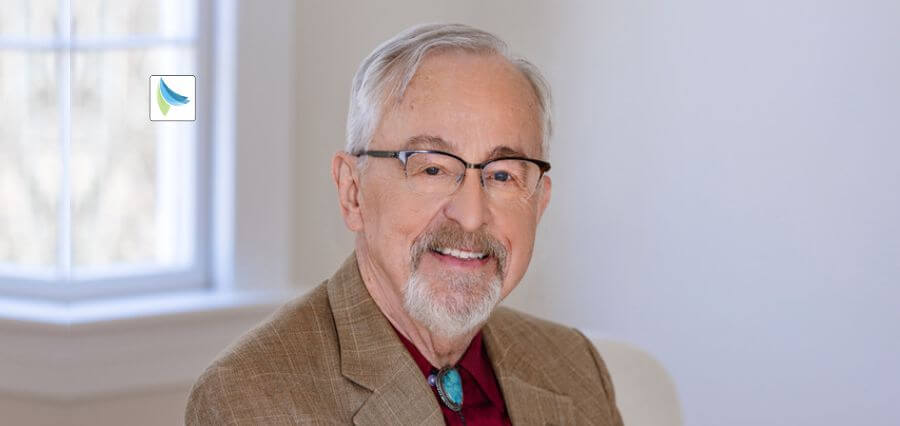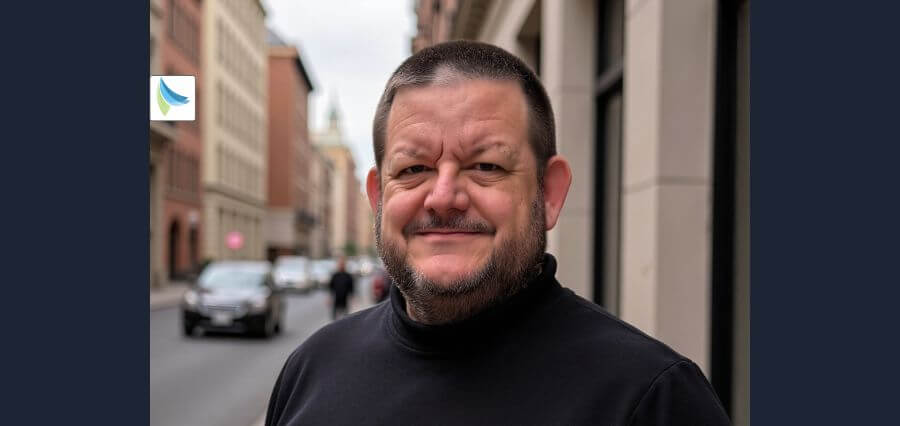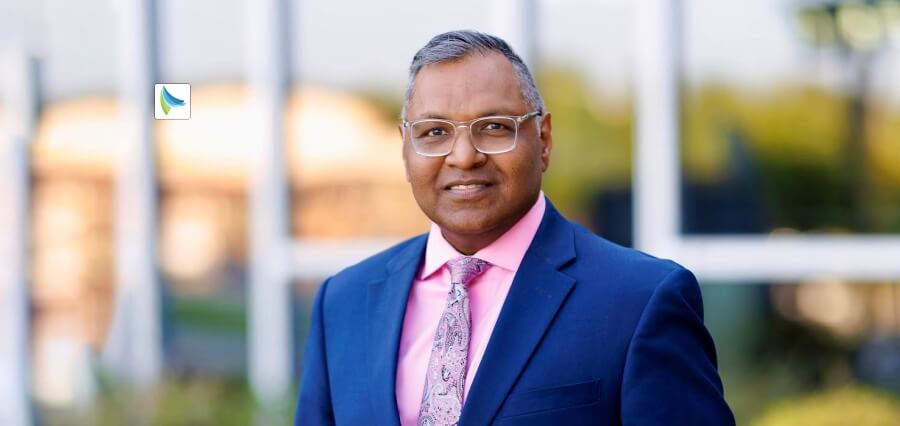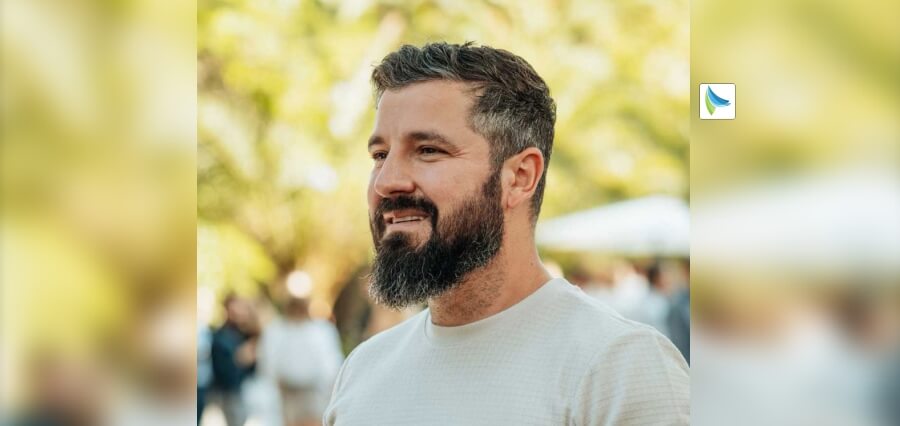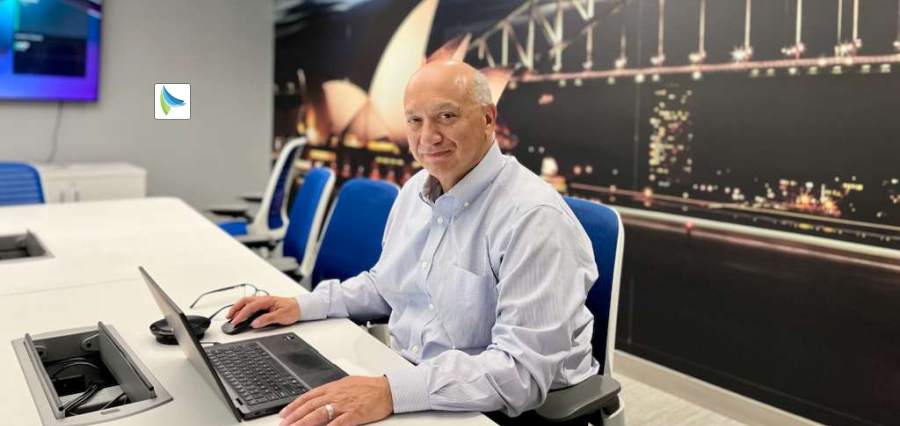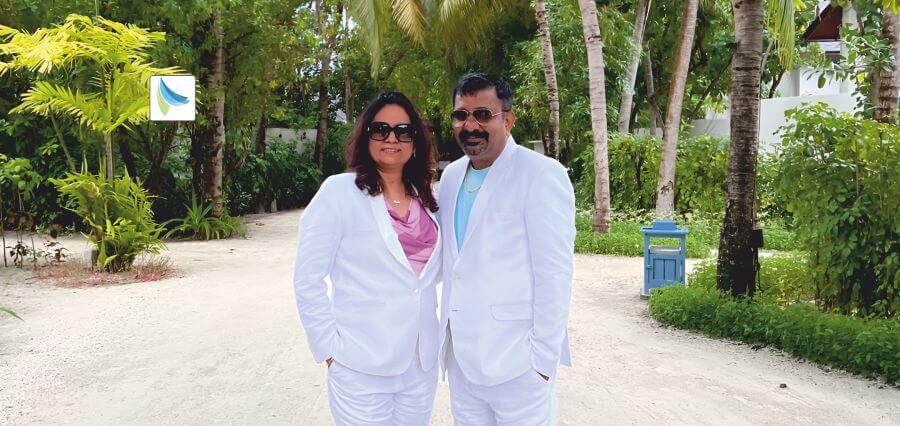In an era defined by a deluge of data and infinite access to information, the pursuit of knowledge often risks being reduced to surface-level understanding. The academic world, while rich in insight and theory, sometimes loses sight of practical application. Richard Larson, however, has made it his life’s work to change that. For him, learning must translate into wisdom—knowledge applied, tested, and used to make decisions that reshape the systems we rely on every day.
He sees operations research not as an abstract exercise, but as a practical toolkit to solve real-world puzzles. From emergency response systems to public education reform, Larson’s efforts represent the kind of interdisciplinary, data-driven thinking necessary to meet modern society’s most pressing challenges. His philosophy bridges academia and practice, helping society reimagine what it means to learn and to lead.
This article explores the trajectory of Larson’s remarkable career, delving into the heart of his ideas, achievements, and influence. Through an unwavering commitment to applied research, mentorship, and technological innovation, he has redefined how we solve problems—from the 911 call center to STEM classrooms around the world.
Seeing the World Through Equations
Richard Larson often describes his career path as a natural evolution of his high school love for physics. It was physics, not biology or chemistry, that sparked his early fascination with how the world works. He found satisfaction in reducing complex systems into a handful of powerful principles. When he discovered operations research (OR), he realized he had found a field that applied that same logic—not to atoms and forces, but to real-world challenges like traffic, emergency response, and public services.
Richard Larson refers to OR as “the physics of the world we operate in.” It’s an apt analogy for a discipline that uses data and mathematical modeling to understand and improve the systems that underpin modern life. Whether designing more efficient public transport or optimizing hospital workflows, Larson sees operations research as the engine behind smart, evidence-based decision-making. His passion for the field has remained consistent over decades, evolving alongside technology but always rooted in the principle that problems must be tackled with rigor, clarity, and purpose.
Urban Innovation through Mathematical Thinking
Over the years, Richard Larson has emerged as a pioneer in urban service systems, bringing analytical depth to challenges that affect millions. His debut book, Urban Police Patrol Analysis, won the prestigious Lanchester Prize, solidifying his position as a thought leader in applying mathematical models to public service delivery. His later work, including the co-authored Urban Operations Research, became a foundational text in the field, cited widely by scholars and practitioners alike.
He contributed significantly to the study of queues and developed sophisticated tools like the Hypercube Queueing Model and the Queue Inference Engine. These models helped organizations make better decisions using limited or noisy data—long before “big data” became a buzzword. In projects ranging from pandemic modeling to vaccine distribution strategies, Larson’s work has demonstrated how well-crafted models can guide life-saving decisions.
These tools, while technical in nature, are underpinned by a core human concern: improving quality of life by making services more responsive, efficient, and equitable.
Reinventing New York’s 911 System
Among his most public-facing contributions, Richard Larson played a crucial role in modernizing New York City’s 911 emergency response system. Before the 911 system was centralized, residents faced confusion over which number to call depending on their borough. Even after unification, operational inefficiencies plagued the system, leading to critical delays.
Called in as an expert, Richard Larson worked hand-in-hand with police officers and dispatchers. By applying queueing theory and systems analysis, he optimized staffing models and resource deployment strategies. These changes, though logistical in nature, had profound consequences—potentially saving countless lives by cutting down response times in life-or-death situations. His documentation of the methodology also ensured the solutions could be replicated in other cities.
For Richard Larson, this was a perfect case study of how theory and fieldwork could intersect to produce real-world change.
Teaching Systems Thinking through Modeling
Richard Larson is a champion of “model-based thinking,” an approach he believes everyone—not just scientists or engineers—can benefit from. His book, Model Thinking for Everyday Life, makes a compelling case that decision-making in daily life, from personal finance to traffic navigation, can be significantly improved through simplified models that help people understand patterns and probabilities.
He views operations research as a discipline that provides these mental tools. By teaching people to conceptualize systems, assess cause-effect relationships, and test different strategies, Richard Larsonis democratizing analytical thinking. At a time when misinformation and cognitive overload are prevalent, such frameworks offer clarity and structure.
His passion for sharing this knowledge goes beyond academia; it’s about equipping future generations with tools to think critically and act wisely.
Numbers as the Bridge to Policy
Richard Larson’s work has never been confined to labs or lecture halls. He has consulted with the U.S. Postal Service, the City of New York, and national bodies such as the Institute of Medicine. His data models have been used to guide decisions in pandemic planning, disaster response, and healthcare system design.
For instance, during the H1N1 pandemic, Richard Larson co-authored a paper that modeled vaccine distribution across the U.S., which won top honors in the journal Value in Health. Another widely recognized paper, “STEM Crisis or STEM Surplus? Yes and Yes,” explored the paradoxical dynamics of the STEM workforce. This work not only earned prestigious awards but also sparked broader public debate, featuring in outlets like The New York Times.
Whether speaking to policymakers, journalists, or fellow researchers, Richard Larson consistently advocates for a smarter integration of data into everyday governance.
Technology and Learning: Building the MIT BLOSSOMS Vision
As the former director of MIT’s Center for Advanced Educational Services, Richard Larson was an early advocate for tech-enabled learning. Long before the COVID-19 pandemic made remote education mainstream, he explored how online platforms could bring high-quality learning to underserved communities worldwide.
Through the MIT BLOSSOMS initiative, he created a global network of educational videos in science and math, designed not as passive lectures but as interactive experiences. The program’s success lies in its ability to blend rigorous academic content with culturally relevant storytelling, promoting engagement and deeper understanding.
Richard Larson continues to see education as a powerful lever for societal transformation. But he also warns of the dangers of over-reliance on AI in education. Tools should enhance learning, not replace it. The goal, he asserts, must always be to cultivate human curiosity, reasoning, and ethical thinking.
Wisdom from the Field
One of Larson’s most enduring principles is the importance of “Boots on the Ground” research. While computational power has grown exponentially and AI tools now simulate complex systems, Richard Larson insists that real insight often comes from physical presence and direct observation.
He believes that researchers must immerse themselves in the systems they wish to improve—whether that means visiting a call center, riding public transit during rush hour, or sitting in classrooms in rural schools. Without this grounded perspective, he argues, models can become abstracted from reality, losing both accuracy and relevance.
This belief is rooted in humility and a commitment to service—a recognition that the world cannot be changed from a distance.
Mentoring the Next Generation
Throughout his tenure at MIT, Richard Larson has mentored hundreds of students, instilling in them not only technical skills but also a broader sense of purpose. He recalls how his own mentors balanced honesty with encouragement, and he has sought to embody that same balance in his work with students.
He views mentorship not as a hierarchical relationship, but as a partnership—one that allows both teacher and learner to grow. Many of his students have gone on to become influential researchers, public servants, and educators in their own right. They often cite Larson’s mentorship as pivotal in shaping their paths.
In this way, his influence continues to ripple outward, multiplying his impact across generations.
Cross-Disciplinary Thinker in a Fragmented Academy
Larson’s work routinely crosses disciplinary boundaries—engineering, public policy, computer science, and education. He believes that complex problems demand such intersectional thinking. Yet, he also acknowledges that academia often discourages such collaboration through rigid departmental structures and incentive systems.
He advocates for systemic change in how universities reward cross-disciplinary research. Encouraging collaboration, he argues, not only leads to better solutions but also reflects the interconnected nature of the world itself. For him, tearing down academic silos isn’t just a bureaucratic issue—it’s a moral imperative.
Navigating the Pressures of Academia
The modern research landscape is not without its challenges. Richard Larson recognizes the increasing difficulty researchers face: the race for grants, the demand for constant publication, and the bureaucratic hurdles that often accompany innovation. Despite this, he credits MIT’s inclusive and intellectually adventurous environment for allowing him the freedom to pursue bold, high-impact projects.
He believes that universities must do more to support intellectual risk-taking. When institutions provide space for curiosity-driven research, they open the door to breakthroughs that can transform entire systems.
A Legacy of Impact
Richard Larson’s career is a testament to the belief that knowledge must serve a purpose. His work has redefined how we think about systems—from urban planning to global education—and has laid the groundwork for generations of problem-solvers who see data not as numbers on a spreadsheet but as clues to a better world.
At the core of his philosophy lies a simple yet powerful idea: that learning is not complete until it creates impact. Whether mentoring students, advising cities, or building educational platforms, Richard Larson continues to embody a rare blend of intellectual rigor, ethical clarity, and practical vision.






